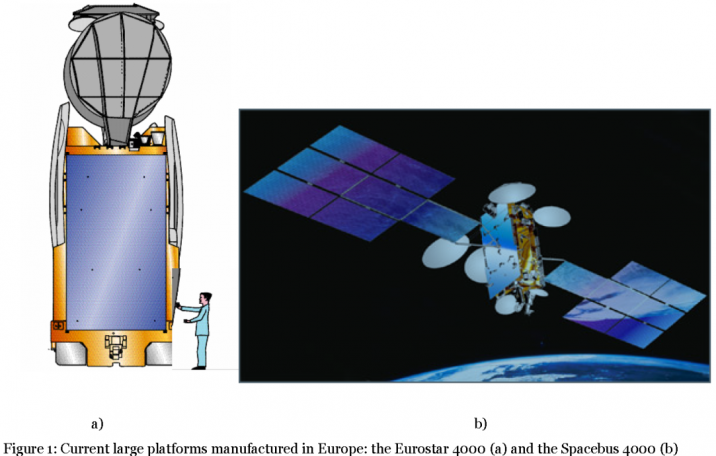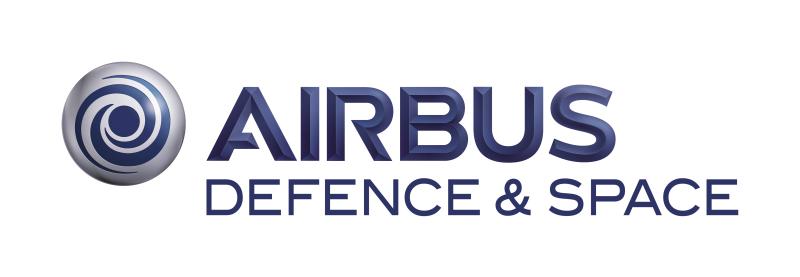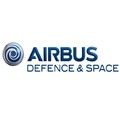
-
StatusOngoing
-
Status date2016-02-03
-
Activity Code5B.111
The objective of this activity was to make available measurement techniques in Near Field antenna test facilities to enable the characterisation of Telecom Payload radiated performance.
These methodologies had to be developed and demonstrated by measurements and their performance compared with the traditional Compact Range approach, allowing a technical and programmatic comparison between the two approaches and a consequent validation of the techniques. The development had to be suitable for payload system testing in the range between 0.4 and 50 GHz.

Antenna Near-Fields (NFs) behave completely different than Antenna Far-Fields (FFs). Therefore, it was hard to predict which impact on P/L parameter measurements are to be expected and how to overcome those effects. Although efforts on some methods have been done in the past, a consistent set of techniques to measure satellite payload parameters in Near Field Antenna Test Facilities is not well developed and validated.
Benefits are seen in the more compact measurement volumes being typical for NF measurements, which enable existing test facilities also to be used for measurements of future large telecom satellites. Further benefits compared to Far Field ranges are the lower requested dynamic range and the extension to lower frequencies (UHF and L Band). An additional asset of Near Field for antenna pattern measurements is the fixed position of the antenna or satellite during testing when a planar scanning is applied.
The developed methodologies allow the measurement of the following P/L parameters in the NF of receive- or transmit antennas particularly of telecom satellites:
- Equivalent Isotropic Radiated Power (EIRP)
- Input Power Flux Density (IPFD)
- Gain over Noise Temperature (G/T)
- Gain over Frequency (G/F)
- Channel Group Delay (GD)
For time-efficient NF-payload testing reuse of NF-pattern data collected by NF-measurements performed before (e.g. on antenna level) are to be presumed to allow the definition of so called NF correction factors.
SYSTEM ARCHITECTURE
Payload measurements in the near field follow a similar approach as in the far field. Measurement setup, instrumentation, and procedure are very similar. In the near field, however, it has to be considered that the corresponding antennas of the satellite are not operated under far-field conditions. Therefore, the far-field gain is not developed and also losses in the communication link cannot be calculated by Friis equation. The measured payload data in the near field has to be processed to the far field. This is done by calculating a near-field correction factor from complex antenna pattern data previously acquired. This implements a near-field to far-field transformation and the correction factor can be used as measurement distance in far-field payload formulations. Payload measurements in near and far field are thus very similar; however, in the near field an additional characterization of the satellite antennas is required at every frequency of interest. Alignment of the device under test has to be done extremely carefully in order to relate measured antenna pattern data to acquired payload data.
The study was organised into 5 tasks as follows:
- Radiated Payload Testing Parameters Requirements
- Theoretical Formulation of Near Field Methodologies
- Detailed Development of Near Field Methodologies
- Validation Campaign
- Development Plan
Payload parameters were measured with a Payload Ku-Band Demonstrator in the following test facilities:
- Near-Field Antenna Measurement Facility at the Institute for High-Frequency Engineering of the Technische Universität München (TUM)
- Compensated Compact Range (CCR 75/60) at the Antenna Test Centre of Airbus DS in Munich
In HERTZ, the Hybrid Antenna Test Range of ESA / ESTEC in Noordwijk where the validation measurements were executed.
Proof of concept was reached for the developed methodologies for EIRP, IPFD, G/T, G/F, and Group Delay parameters. It was shown that P/L measurements in the NF are generally possible. Furthermore, the results in CCRs and in NFs are within the range of specified accuracies. However, results are based so far only on one DUT in one frequency band.
P/L measurements in NF require more time due to the additional pattern measurements (if not available) for determination of required NF correction factors.
There is vital interest of industry to reach higher TRLs ensuring sufficient maturity for industrial implementation already in 2016 / 2017.




